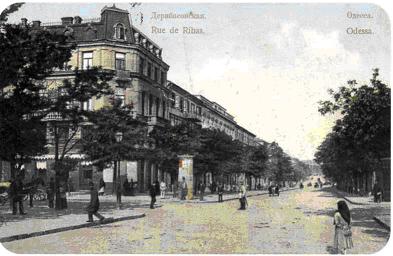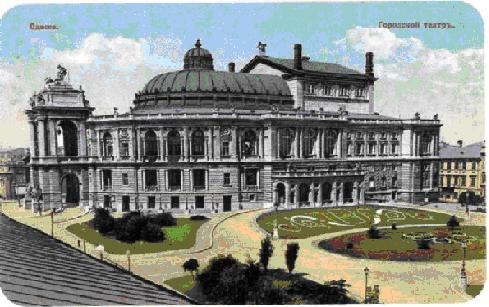As one traveler observed, Odessa possessed "Italian houses, Russian officials, French ships, and German artisans." Even the Dire de Richelieu, noting that so little Russian was spoken in the city, ordered the high school he founded to teach the Russian language. By 1892, the number of foreign non-subjects was 7 percent of the population, a much larger percentage than in Moscow (0.75 percent) or even St. Petersburg, the much vaunted "Window to the West, whose foreigners constituted only 2.35 percent of its population. Odessa's colorful mix of population stamped the character of the city at least until the 1917 revolution.

A native of the city, born in 1880, made this observation:
Even if it was a city in Russia and in my time very russified in language, Odessa was not a Russian city. Nor was it a Jewish city, though Jews were probably the largest ethnic community, particularly when one takes into account that half of the so-called Russians were actually Ukrainians, a people just as different from the Russians as Americans from Britons, or Englishmen from Irishmen. At least four great peoples—three ancient ones, and the fourth a young one—united to build the city: first the Greeks and Italians, a little later came the Jews, and only in the 1840s did the actual Russian influence begin to grow. The city was also full of Poles, Armenians,Caucasians, Tatars, Moldavians, and a hall dozen other peoples. In Odessa everybody was an Odessan and every-one who was literate read the same newspapers and thought about the same Russian problems.

Based on the book "Odessa memories" written by Nicholas V. Iljine